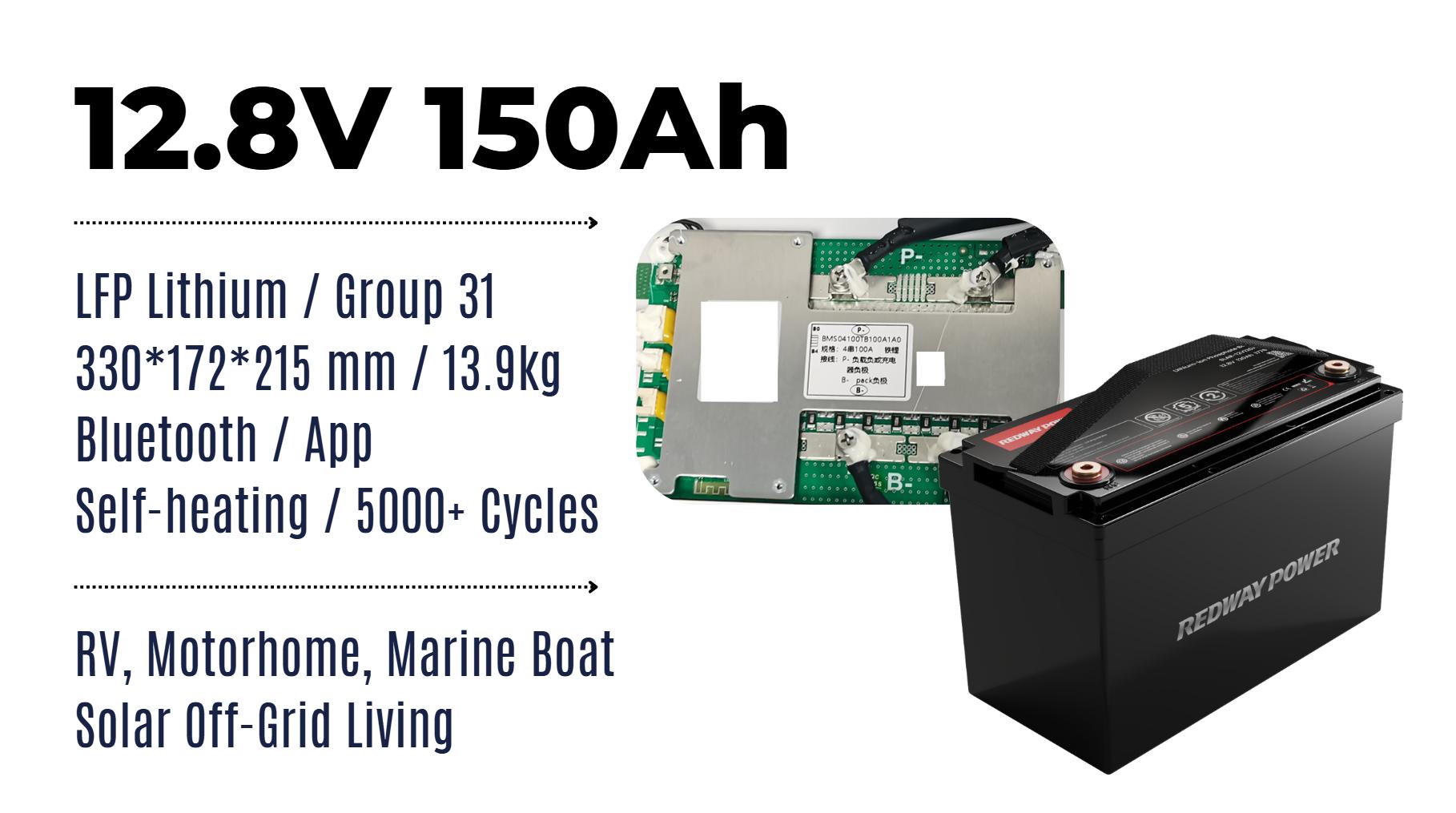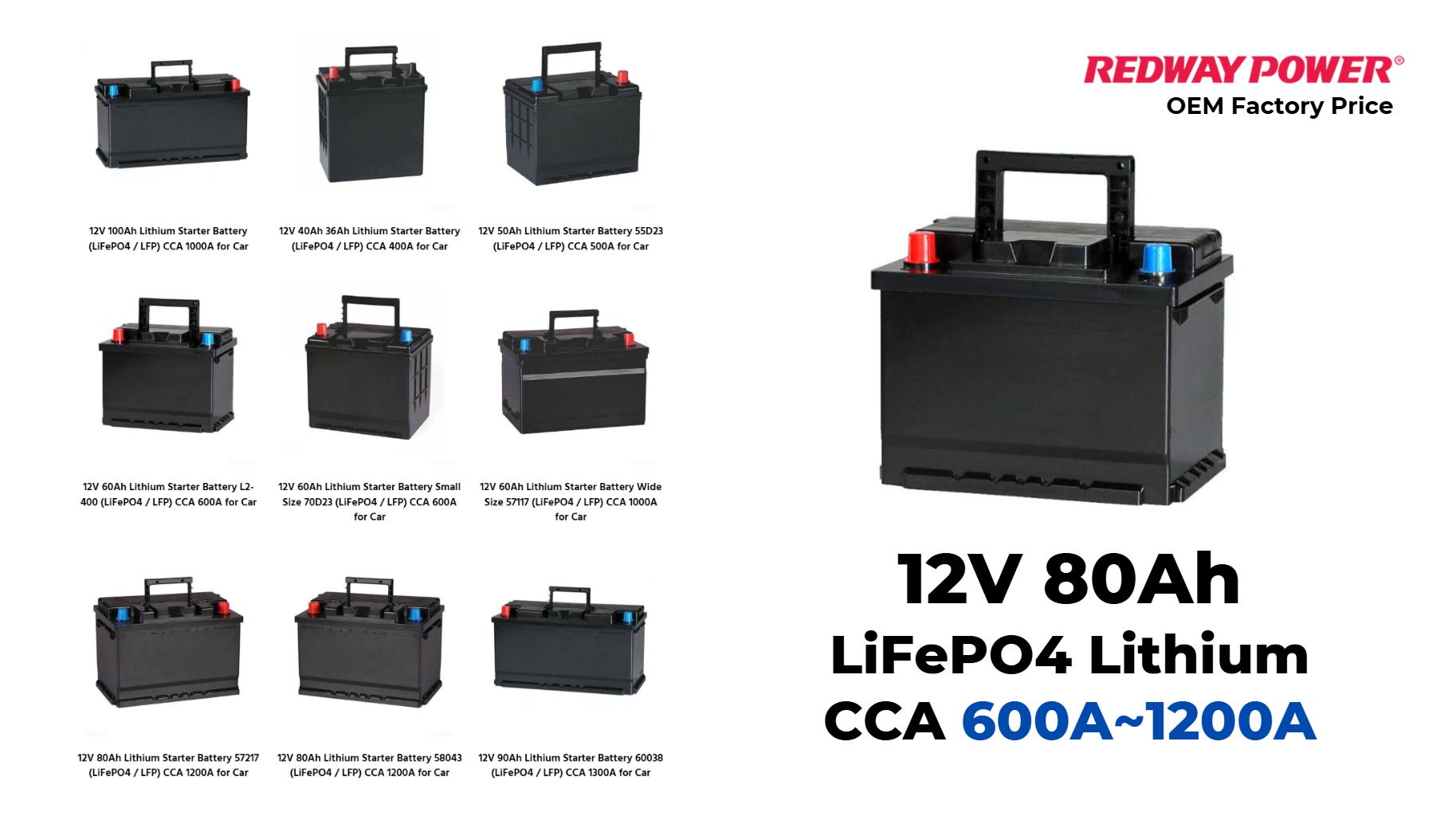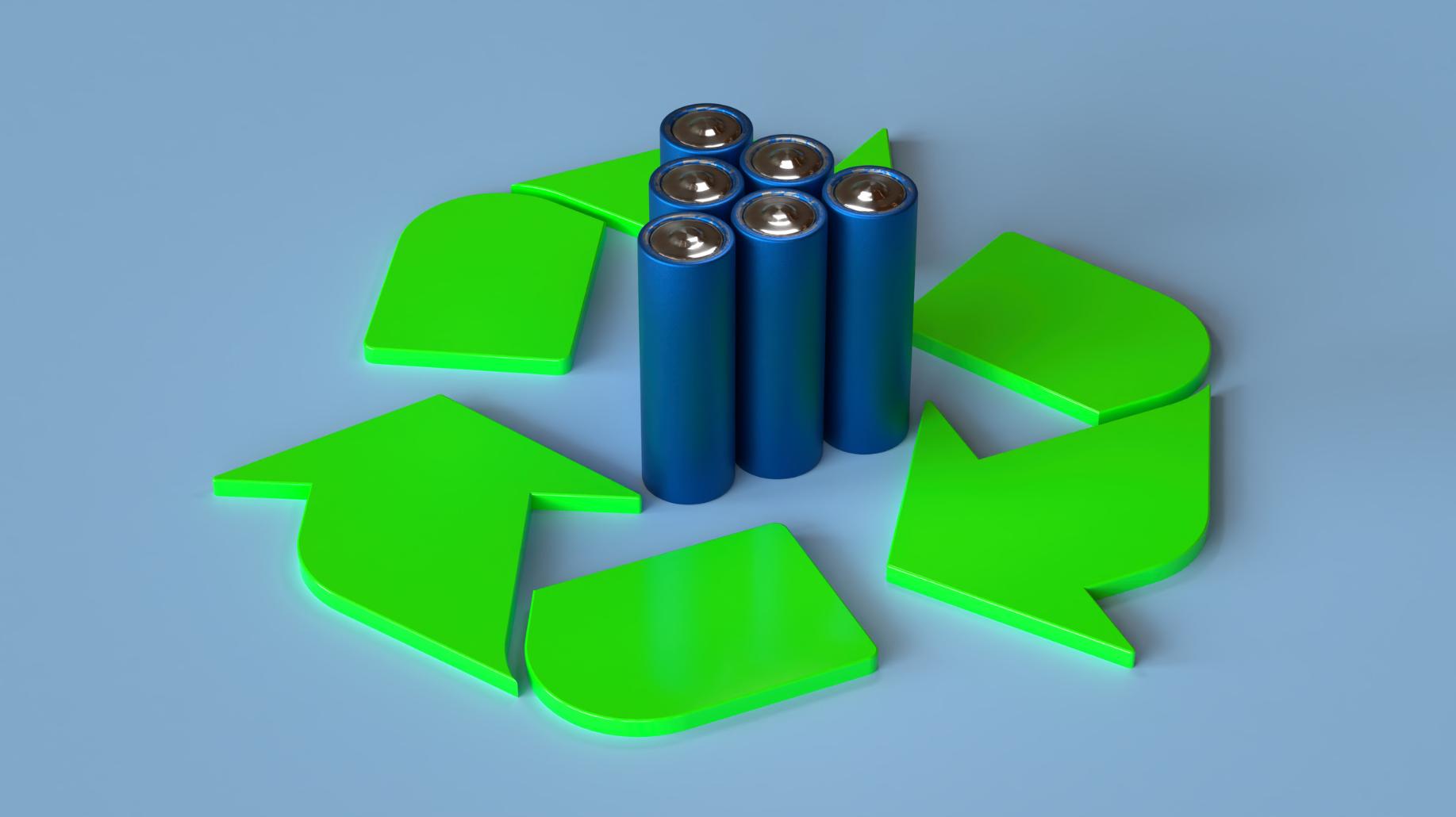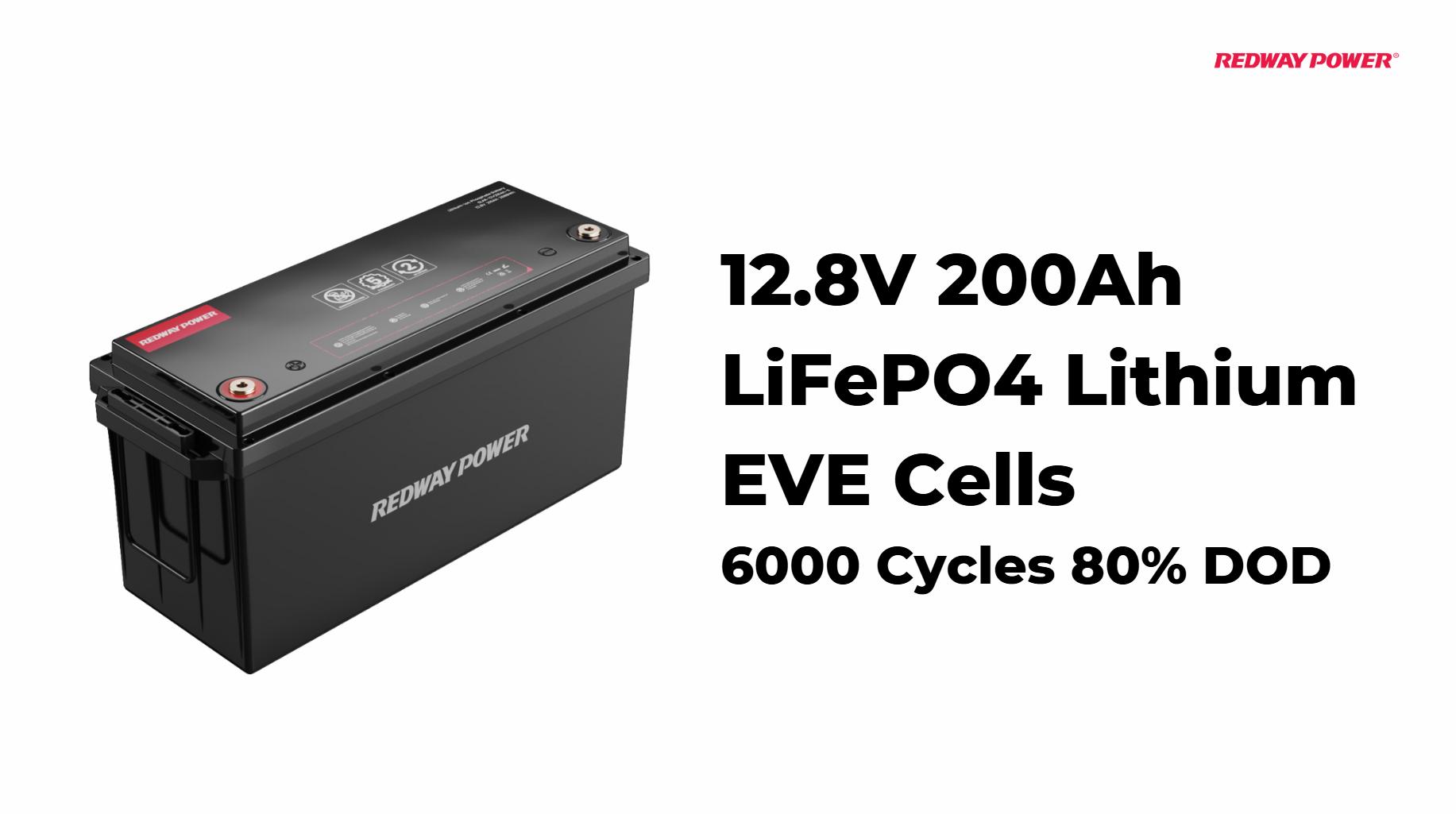How to Make a Go-Kart Street Legal: Everything You Need to Know
Making a go-kart street legal involves meeting specific safety standards and regulations set by local authorities. This typically includes modifications such as adding lights, turn signals, and mirrors, as well as passing an inspection. Understanding these requirements is crucial for anyone looking to drive their go-kart on public roads.
Introduction to Street Legal Go-Karts
Street legal go-karts have become increasingly popular among motorsport enthusiasts who want to enjoy their vehicles beyond the confines of race tracks. However, transforming a go-kart into a street-legal vehicle requires adherence to various regulations and safety standards that can vary by location.
Understanding Go-Kart Legality
The legality of operating a go-kart on public roads depends on several factors, including local laws and regulations governing motor vehicles. In many jurisdictions, go-karts are classified as low-speed vehicles (LSVs) or off-road vehicles, which may have different requirements for street use.
Key Considerations:
- Local Regulations: Always check with your local Department of Motor Vehicles (DMV) or equivalent authority for specific laws regarding go-karts.
- Vehicle Classification: Understand how your go-kart is classified in your state or country.
Requirements for Making a Go-Kart Street Legal
To make a go-kart street legal, it must meet certain criteria set by local authorities:
| Requirement | Description |
|---|---|
| Safety Features | Must include headlights, taillights, turn signals, and mirrors |
| Speed Limit | Typically must not exceed 25 mph on public roads |
| Registration | Must be registered as a motor vehicle |
| Insurance | Liability insurance may be required |
Ensuring compliance with these requirements is essential before attempting to drive your go-kart on public roads.
Common Modifications Needed for Street Legality
Modifying your go-kart is often necessary to meet legal requirements:
- Lighting: Install proper headlights, taillights, and turn signals.
- Mirrors: Add side mirrors and a rearview mirror.
- Seatbelts: Equip the go-kart with seatbelts for driver and passengers.
- Windshield: Some jurisdictions require a windshield for street use.
- Speed Limiting Devices: In some areas, you may need to install devices that limit the top speed.
These modifications help ensure the safety of the driver and others on the road.
Safety Features Required for Street Use
Safety features are critical when converting a go-kart for road use:
| Feature | Purpose |
|---|---|
| Headlights | Improve visibility during night driving |
| Taillights | Alert other drivers of your presence |
| Turn Signals | Indicate turning intentions |
| Seatbelts | Protect occupants in case of an accident |
Implementing these features not only helps in compliance with regulations but also enhances overall safety.
Registration and Inspection Process
Once modifications are complete, the next steps involve registration and inspection:
- Inspection: Schedule an inspection with your local DMV or authorized inspector to ensure compliance with safety standards.
- Documentation: Prepare necessary documents such as proof of modifications, identification, and any required fees.
- Registration: After passing inspection, register your go-kart as a motor vehicle, obtaining a license plate if required.
Completing these steps is essential for legally operating your go-kart on public roads.
Popular Models of Street-Legal Go-Karts
Several models are known for their suitability as street-legal vehicles:
- Polaris Slingshot: A three-wheeled motorcycle-style vehicle that offers impressive performance.
- Campagna T-Rex: A unique design that combines motorcycle dynamics with car-like features.
- Vanderhall Venice: A stylish three-wheeled vehicle designed for comfort and performance.
These models often come equipped with the necessary features to meet street legality requirements right out of the box.
User Experiences and Insights
Many users share their experiences regarding making their go-karts street legal:
- Some enthusiasts report that while the process can be time-consuming, it is rewarding to drive their modified go-karts on public roads.
- Others emphasize the importance of thorough research into local regulations before starting modifications.
Real-world feedback highlights both the challenges and joys of owning a street-legal go-kart.
Latest News on Go-Kart Regulations
Enhanced Safety Modifications: In 2025, there is a growing emphasis on enhancing safety features for go-karts to meet street-legal standards. This includes installing high-quality hydraulic brakes, turn signals, and rearview mirrors to ensure visibility and safety on public roads.
State-Specific Regulations Update: States in the U.S. continue to refine their regulations regarding street-legal go-karts. For instance, some states now require the installation of speed governors to limit go-karts to a maximum speed of 25 mph, ensuring compliance with low-speed vehicle laws.
Increased Focus on Registration and Insurance: There is a heightened focus on the registration and insurance requirements for street-legal go-karts. Owners must obtain specialized insurance policies and register their go-karts with the DMV, similar to other vehicles, to ensure legal operation on public roads.
Redway Expert Comment
Transforming a go-kart into a street-legal vehicle requires careful planning and adherence to local regulations,” says an expert from Redway Battery Solutions. “Investing in proper modifications not only enhances safety but also ensures you can enjoy your go-kart legally on public roads.”
Frequently Asked Questions (FAQs)
Are all go-karts street legal?
No, not all go-karts are street legal; they must meet specific safety standards and regulations set by local authorities.
What modifications are needed to make a go-kart street legal?
Common modifications include installing lights, turn signals, mirrors, seatbelts, and possibly a windshield.
How do I register my go-kart?
After making necessary modifications and passing inspections, you can register your go-kart at your local DMV or equivalent authority.
Can I drive my go-kart on public roads without registration?
No, driving an unregistered go-kart on public roads is illegal; it must be registered as a motor vehicle first.
Know more:
are golf carts street legal in maryland
are go karts street legal
street legal go kart
How can I make my go-kart street legal?
To make your go-kart street legal, you need to equip it with necessary safety features such as headlights, taillights, turn signals, and a horn. Additionally, ensure it has a rearview mirror, seat belts, and a windshield. Check local laws for specific requirements and obtain any necessary permits or registrations.
What safety equipment is required for a street-legal go-kart?
A street-legal go-kart typically requires safety equipment including functioning headlights, taillights, brake lights, turn signals, and a horn. It should also have seat belts, a rearview mirror, and possibly a windshield. Ensure all components meet local regulations for road use to ensure compliance.
Do I need insurance for my street-legal go-kart?
Yes, you will likely need insurance for your street-legal go-kart. Check with your local insurance providers to find coverage options that meet state requirements. Insurance can protect you from liability in case of accidents or damage while operating your go-kart on public roads.
How do I register my go-kart for street use?
To register your go-kart for street use, visit your local Department of Motor Vehicles (DMV) or equivalent authority. Provide necessary documentation such as proof of ownership, compliance with safety standards, and any modifications made. Pay applicable fees to obtain your registration and license plates.
What modifications are necessary to make a go-kart street legal?
Necessary modifications to make a go-kart street legal include installing lights (headlights and taillights), turn signals, a horn, seat belts, and a rearview mirror. You may also need to add fenders and a windshield depending on local regulations. Ensure all modifications comply with state laws.
Are there specific laws regarding go-karts on public roads?
Yes, laws regarding go-karts on public roads vary by state and locality. Some areas allow them on certain roads while others prohibit them entirely. Always check local traffic laws to understand where you can legally operate your go-kart and what safety requirements must be met.









